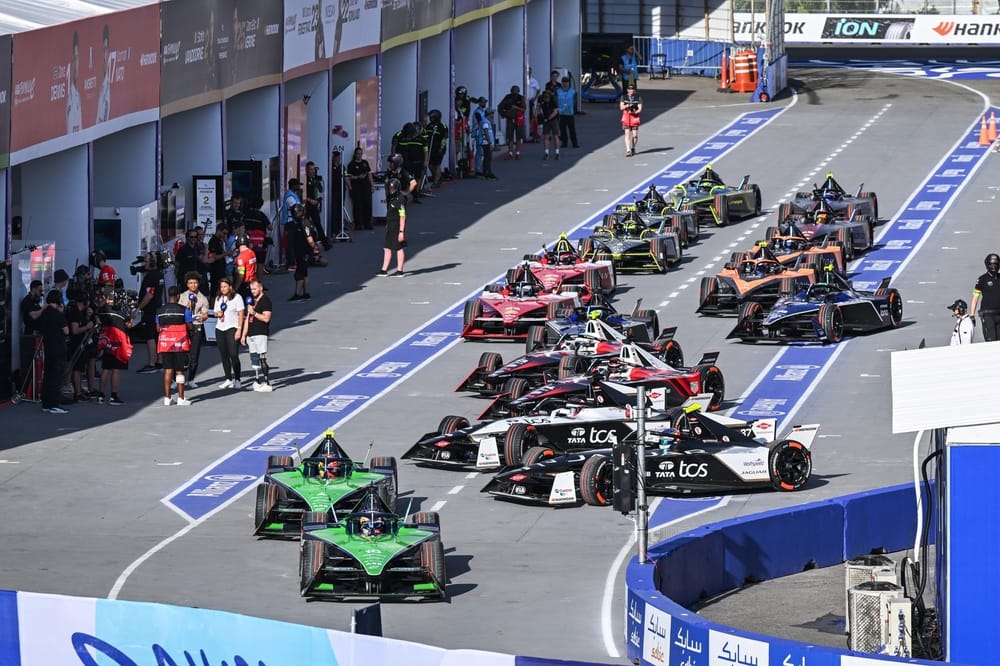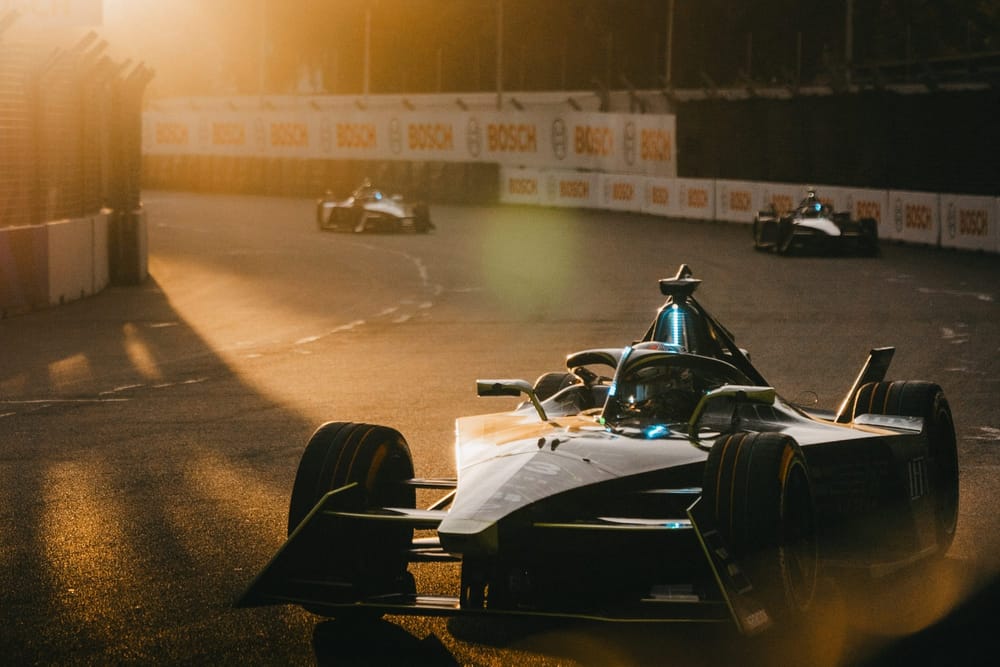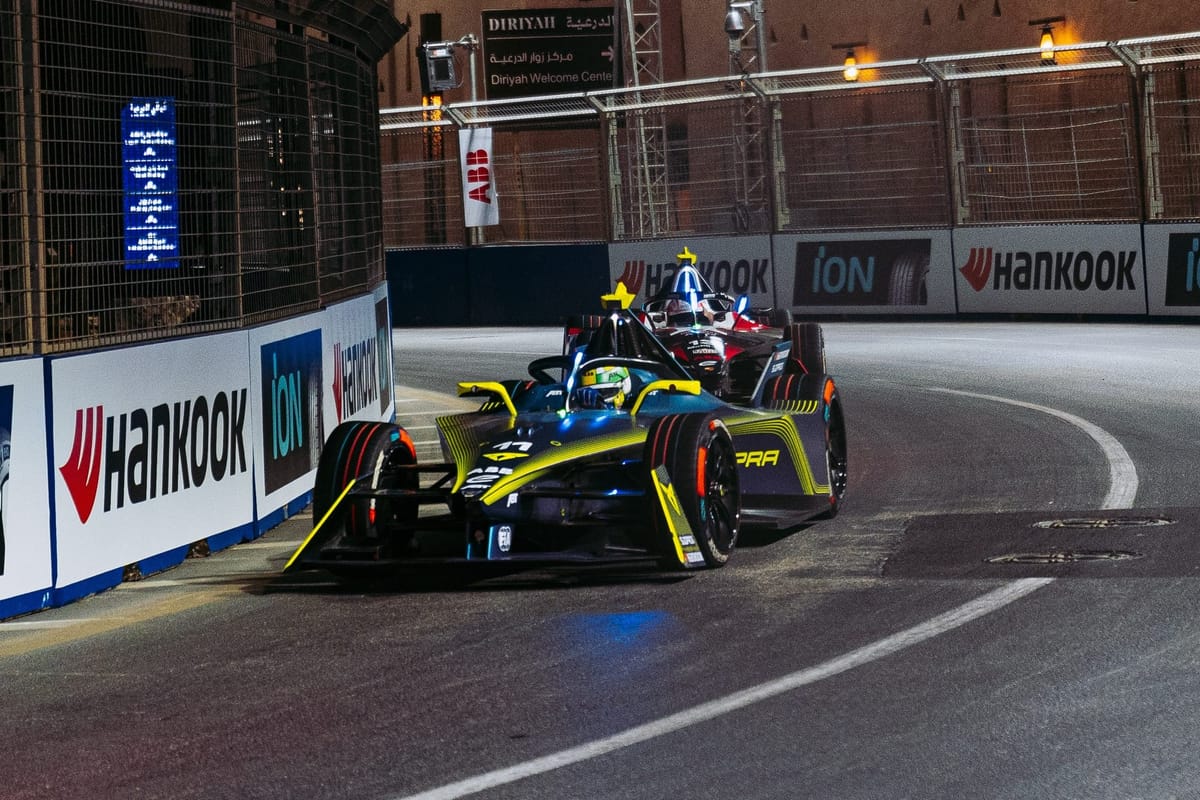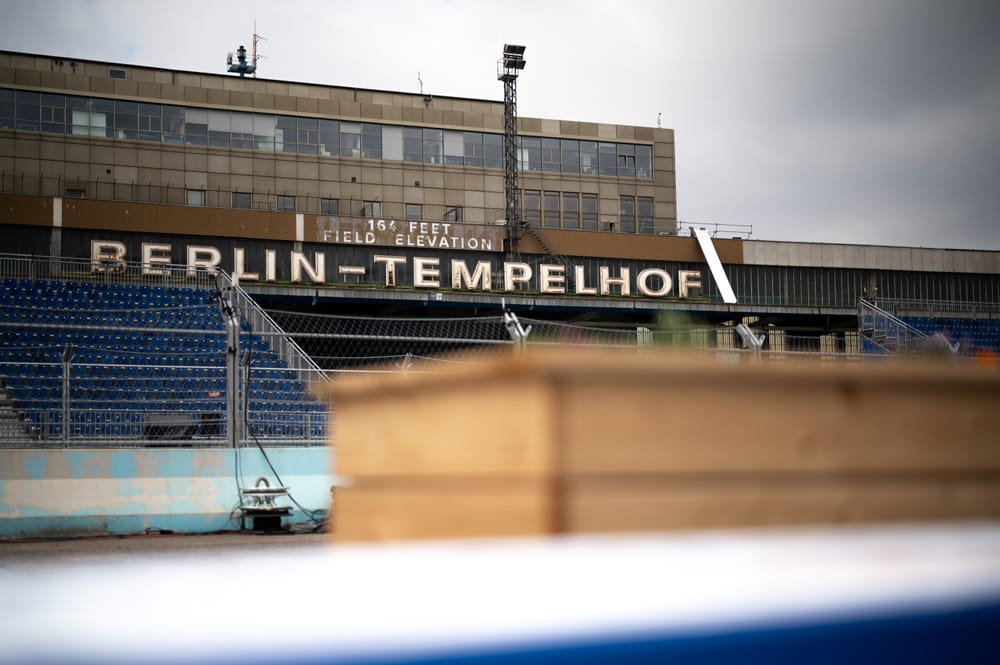Is a second-wave manufacturer boom coming to Formula E?
The anticipated addition of Lola to the ranks next season, and presumably for the Gen4 era as well, could trigger a flourish in interest from others looking to expand in to electric motorsport.
Opening up its technical roadmap a little more in the coming seasons, continuing to stay true to its relevance in the automotive sector, plus its favourable manufacturer/privateer team structure all provide Formula E with fertile ground to attract new manufacturers to.
Lola is expected to be confirmed as joining the ranks of Jaguar, Nissan, Porsche, DS, Mahindra, Maserati and ERT, which will mark the first time that a new manufacturer, outside of the proxy-manufacturer status that Maserati negotiated, has joined Formula E since Porsche did so in 2019.
Myriad reasons why this has been the case, despite talks with several manufacturers, can be laid out. But the most fundamental one is that Formula E has been rebuilding itself after a 2020 to 2022 nadir in which it was affected more than most series by the pandemic.
The three-pronged blow of losing BMW, Audi and Mercedes was also front and centre during that rock-bottom time. That Formula E was able to survive it at all was fundamentally down to two facts: one, it had strength in depth of manufacturers. And two, it had an abundance of strong, independent teams that fed off a strong model of manufacturer-supply culture available to them.
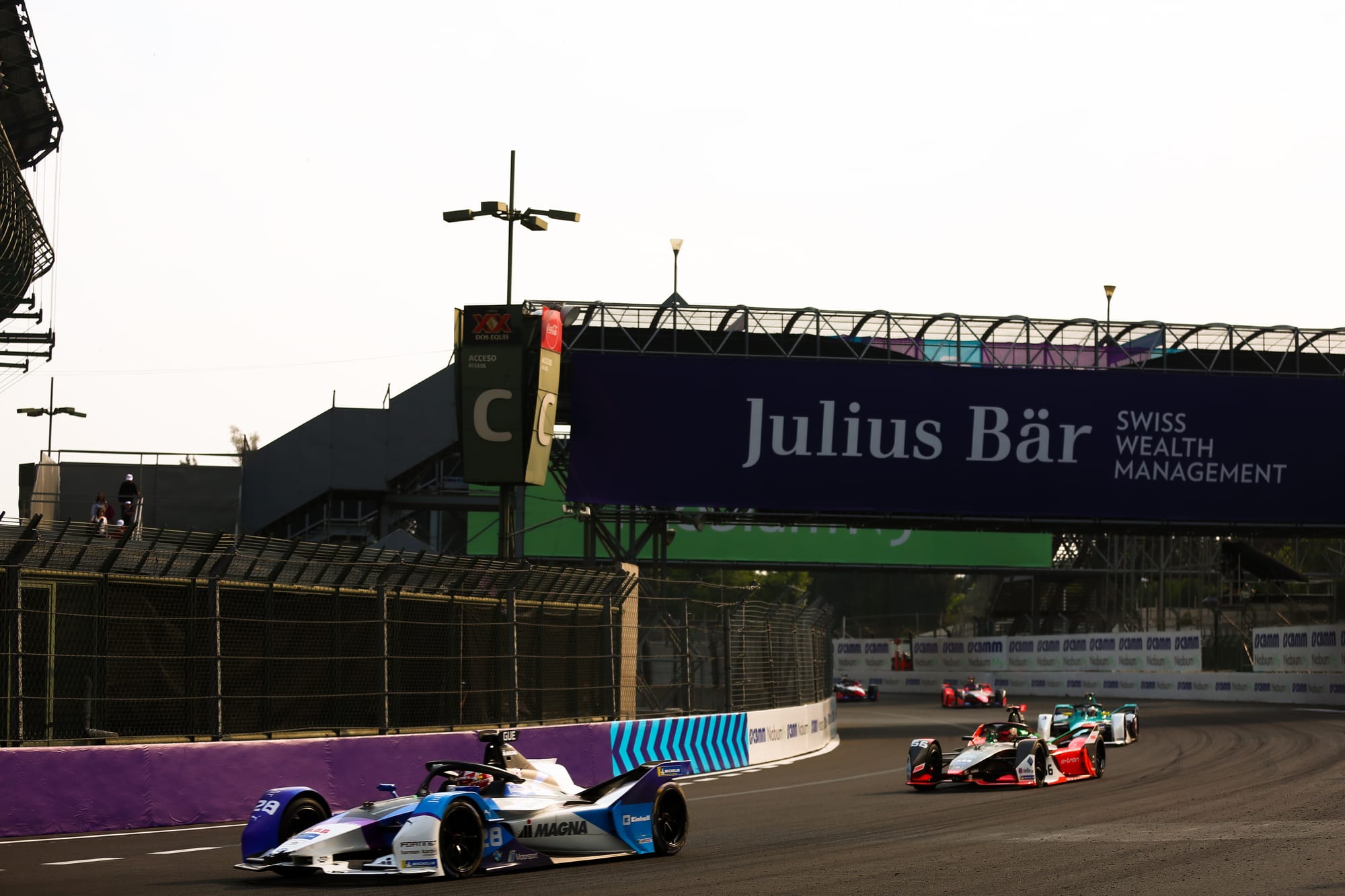
Then came the financial regulations, which added some stability and ease for manufacturer boards to sign-off their marketing spends too, which sit outside the cap.
It’s far from a magic bullet. But what it did do was give confidence to independent teams that they could compete with their bigger manufacturer siblings, as has been evidenced with Envision winning last year’s teams' title and Maserati and Andretti tasting success.
The harder question, at least to quantify, is the value that potential new manufacturers and/or teams will actually get from Formula E.
Some of the teams right now are clearly not in healthy states. They are losing money and some interest from owners, and they need the sporting equivalent of life support being applied this season. In the medium term that usually comes via private investment or a shiny new manufacturer riding into their particular part of town - but in the short term it's usually via favours from the promoter.
Formula E CEO Jeff Dodds recently told The Race that he wanted “everyone in the championship to feel like they're getting good value out of it”.
He then went on to shine a light on recent talks with some interested parties that are “in live conversations” with Formula E.
“There are three at the moment - and they're not early, speculative conversations either,” added Dodds. “They are genuine conversations with three who would be new manufacturers to the championship.
“I feel pretty encouraged that even if we always hate to lose any of our existing ones, if we did lose one or two of them, we have got a pipeline of other manufacturers showing a real genuine interest in coming in.”
Lola is believed to be in that list, in addition to names that have long shown sparks of interest: Chinese auto tech giant BYD, which has exported its business significantly in recent years; Geely, which owns the Lotus brand; and Hyundai, which is known to have been conducting detailed feasibility studies for Formula E and the World Endurance Championship.

Should it go for an all-electric programme, Hyundai would go large on its quest, known as The Hyundai Way, to "sell 1.87 million BEVs [battery electric vehicles] annually by 2030" and to introduce 17 such models in the same timeframe.
The faint chitter-chatter has started to get more audible via Seoul, where Hyundai is based. Additionally, the leadership there, with former Caterham and Renault Formula 1 chief Cyril Abiteboul at the helm, now feels like it might shift its major world championship programme focus from rallying to circuit racing.
A decision on that particular manufacturer's future is believed to be just a few months away now and should correspond approximately with Porsche's and Mahindra’s decisions on whether they stay or go.
Either way, it will be a kind of judgment day for Formula E.
Where is Formula E's 12th team?
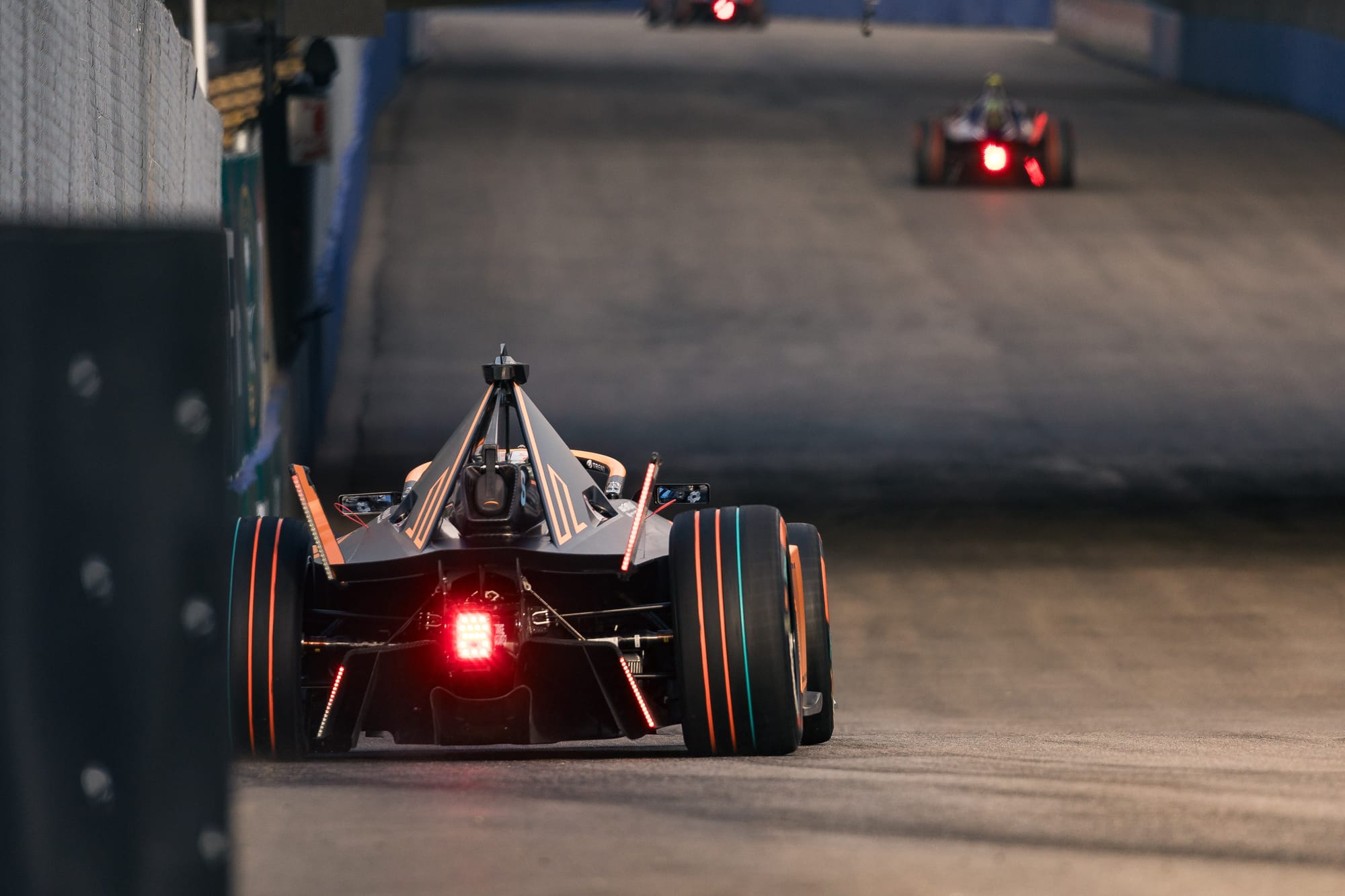
Since Audi vacated its grid slots and passed them back to Formula E there have been few tangible prospects of those slots being filled. Or have there?
Dodds told The Race that “we've had a few offers since I've been here. And I've only been here nine months”.
That’s a surprise, because on many paddock radars there has not been a significant entity seen at the track or rumoured to be interested in taking the grid place.
The valuation of it is unknown. Some say it’s an €8million slot, others say €13m. In reality its probably somewhere in between. Formula E naturally talks up the worth to those interested but so far it doesn’t appear there will be 24 cars on the grid next season.
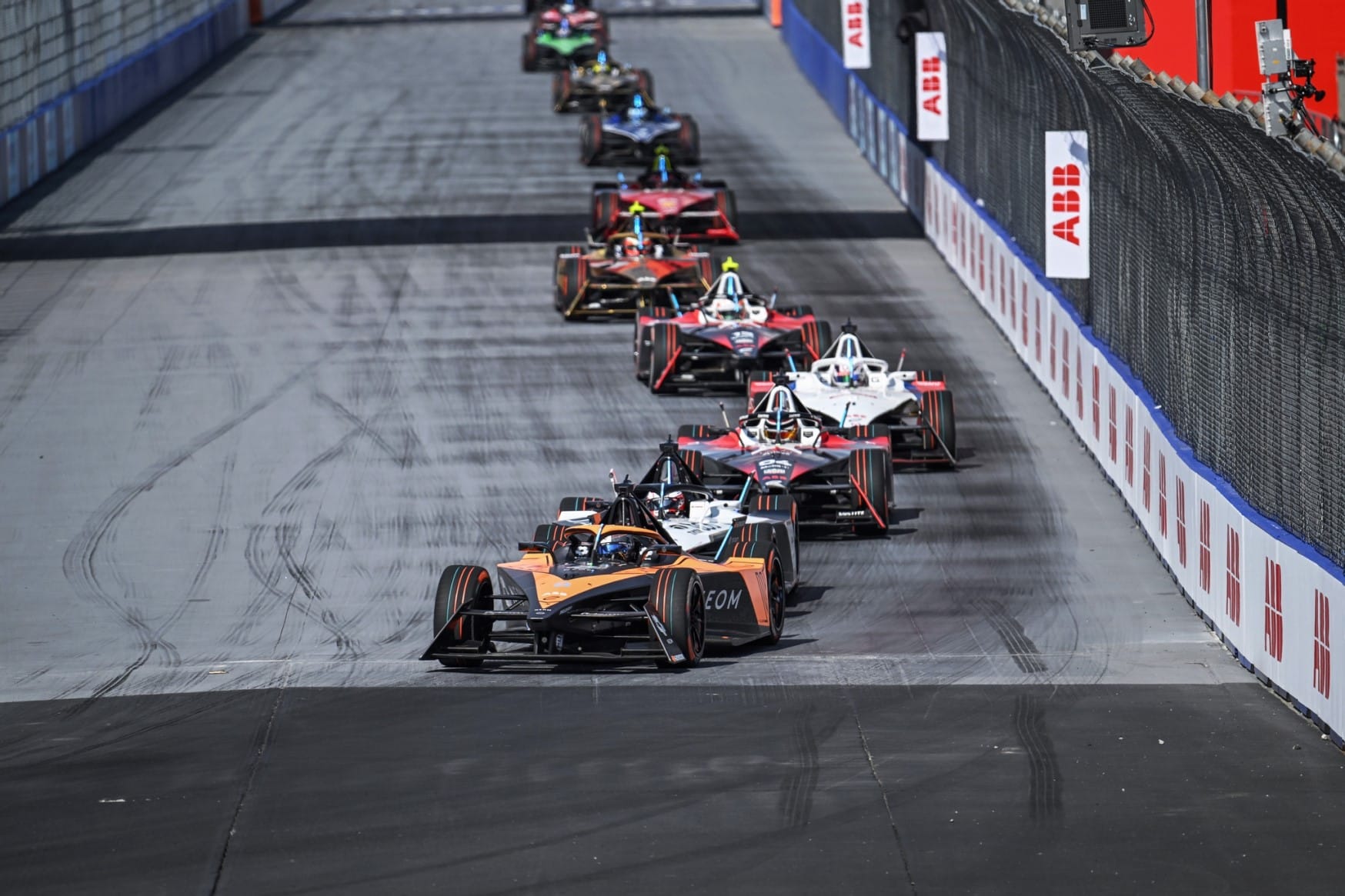
Of those that have expressed interest, “none of them have felt economically strong enough to not disrupt the value of the other teams”, says Dodds.
But here’s the crux of it from Formula E’s point of view.
“None of them have felt like a brand that you'd make those compromises for,” adds Dodds.
“If Ferrari turned up and said ‘we want to come in’, then obviously, you might make some compromises because you're going to get racing royalty, a big power brand coming in if they were looking to electrify their range, or maybe a massive US manufacturer wanted to come in.”
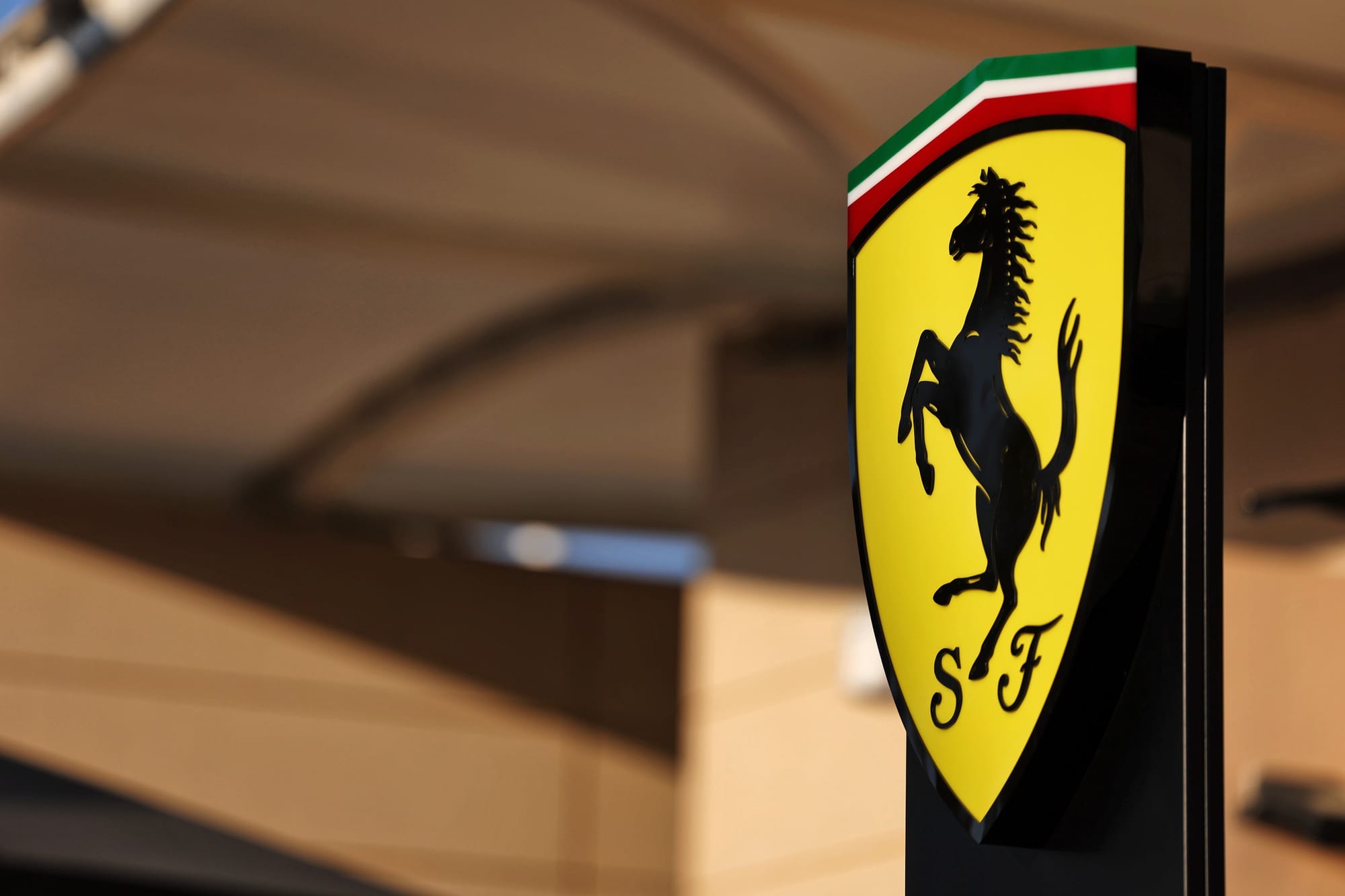
That feels a bit of a pipe dream at present. But should another prestige brand make the move it would likely get a very good deal, hence why Dodds and other execs are getting the messages out.
Of course, the reality of any industry is that some names are inevitably more attractive than others, but you can’t help feeling some snobbery here - especially in light of the fact that names such as Mahindra and DS weren’t on the tip of anyone’s tongue before they came in to Formula E.
But in a sense, and from Formula E’s point of view, that is precisely the point. It has a value on the grid slots because the pioneers backed the championship before it had even started. Call it ‘pioneers’ privilege’ or what you will, Formula E seems committed to a strategy of protecting its founding fathers.
The strugglers do need help
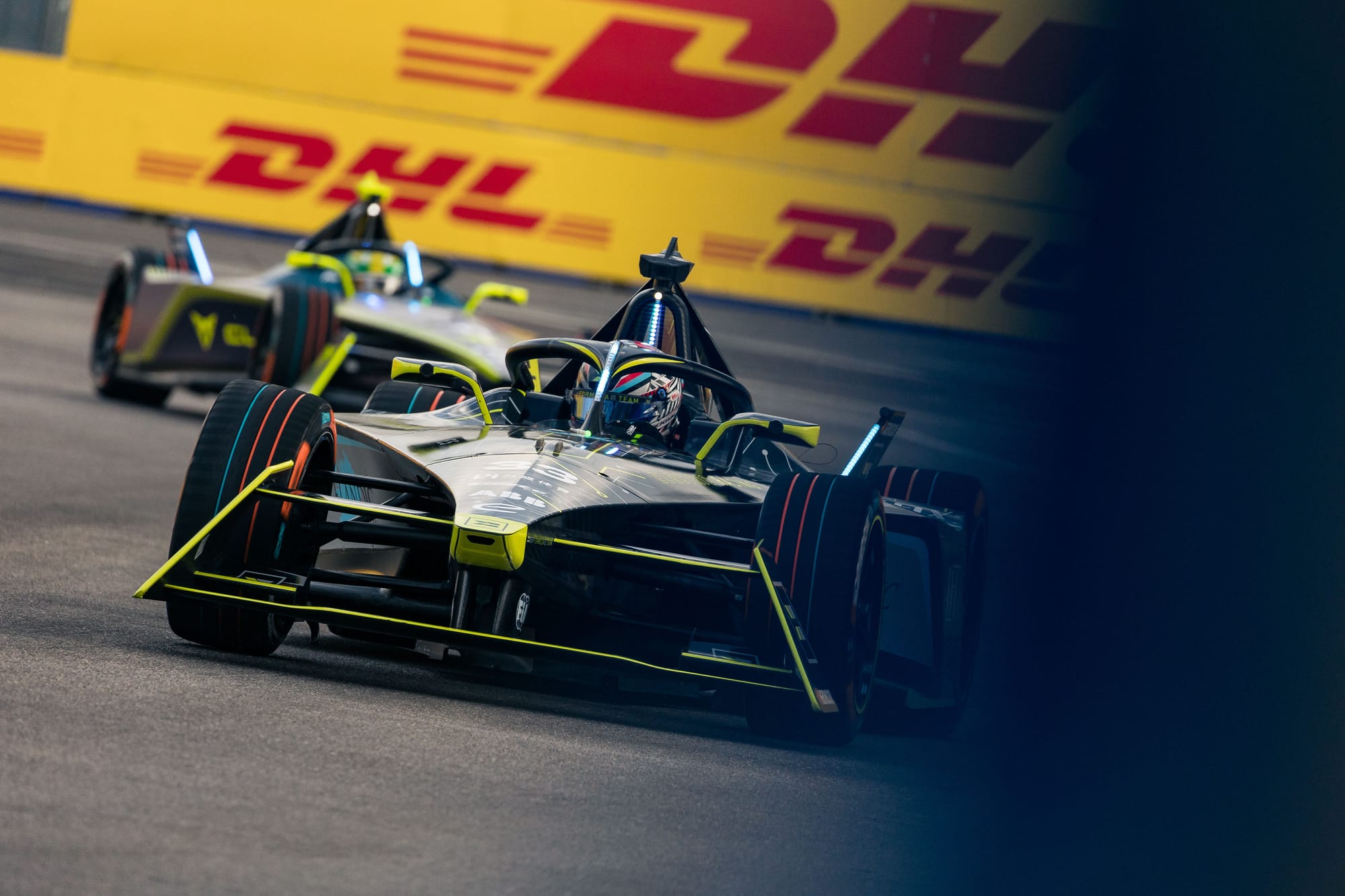
Formula E’s grid can be broken down into three constitutional camps: the well-funded prestige manufacturers of Porsche, Jaguar and Nissan; the diverse mix of boutique manufacturers Mahindra, DS, ERT and Maserati; and then the independent mainstays that have plenty of working experience with manufacturers - Envision, McLaren, Abt and Andretti.
The top tier are all likely to re-sign for Gen4. Nissan and Jaguar seem set to do so imminently, and Porsche is leaning towards sticking around but its decision may, publicly anyway, come later.
The middle tier, Maserati MSG apart, all appear reasonably solid outside of possible Stellantis brand changes for Gen4.
The MSG element of the Maserati squad is struggling, this is known. And ERT and Abt too face big decisions on what they may look like in the coming seasons too.
Dodds had a cautiously optimistic outlook on the future structure of the grid though.
“We’ve got some teams that are probably in it less for team valuation and making money, or they're in it for R&D,” he said.
“I feel really good about those and the conversations I have with them about Gen4 are strong and where we're going with them gives me a lot of confidence.
“Then you’ve got a swathe of teams in the middle, where it's a bit more complex, but they've got the right investors, the right partners, the right sponsors.
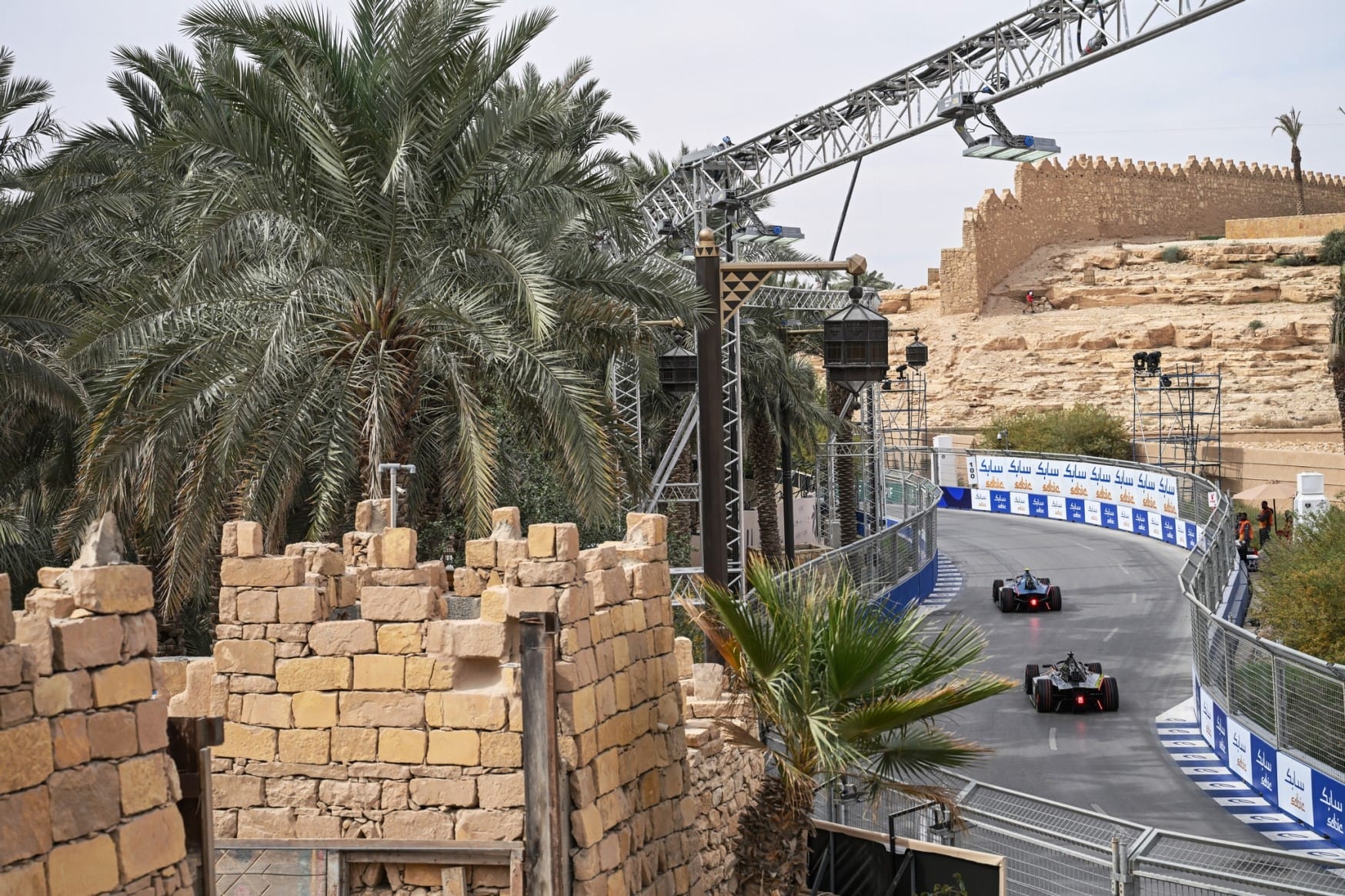
“You've got some at the bottom. But clearly, we're focused on having a healthy grid right the way through. That's where, as a team, we try to step in.
“We look to step in and try and support wherever possible - and 'support' could be connecting them to potential partners or sponsors that have approached us, but we're not using as a championship.
“It could be trying to build some flexibility into the model and how the model works so that they get the time to go out and correct their position.”
As well as those ways, there is a kind of matchmaking element to what Formula E does, too. It often introduces teams or manufacturers to each other and, chess-like, looks at how it can ensure the healthiest possible grid.
“Actually, we've seen some progress in this space,” said Dodds.
“When we go into 2025, clearly you want to go in with a grid that's full of people that are in strong business positions, so they can focus on racing. The last thing we want them to be is standing on the grid or in the garage worrying about something other than racing.”
It is just the nature of multi-manufacturer racing that ‘worrying’ is part of the game they play and others are involved in.
As a result, Formula E will be judged to a fair degree on how many of the current 22-car grid can remain healthy, and who might be waiting in the wings to either rejuvenate or replace them.


